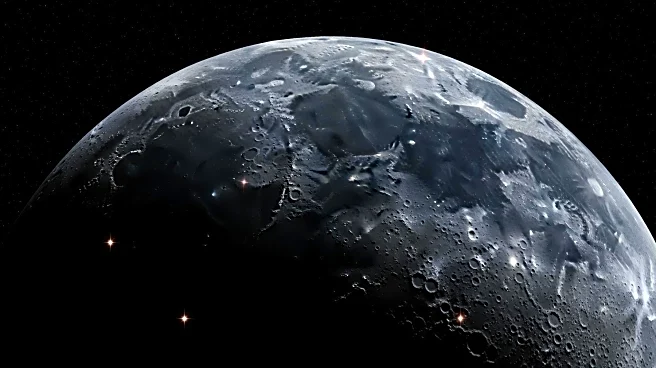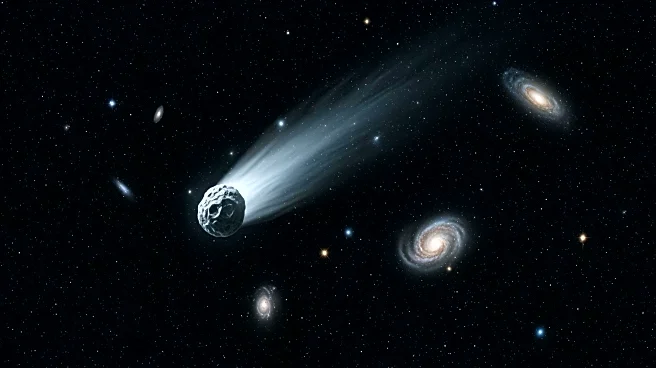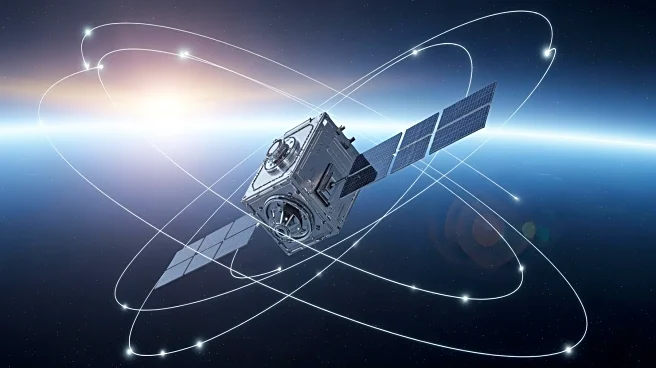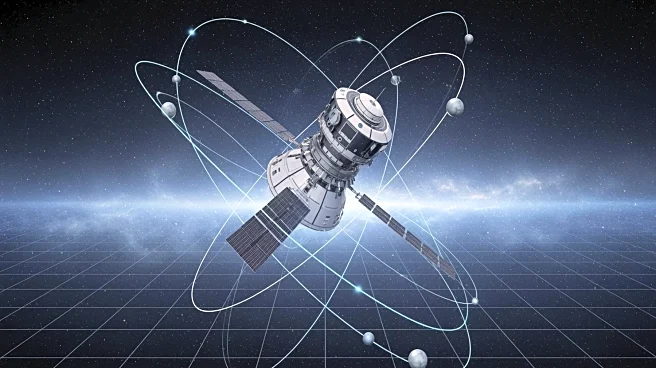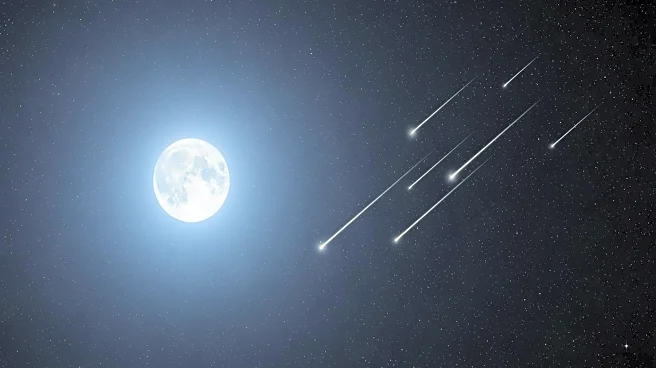What's Happening?
The Gemini North Observatory, located atop Mauna Kea in Hawaii, is renowned for its contributions to astronomical research, including exoplanet imaging and black hole studies. Recently, astronomers have
been observing the increasing presence of satellite streaks in the night sky, which are captured in long-exposure photographs. These streaks, caused by satellite megaconstellations, pose a challenge to sensitive astronomical measurements. As more satellites are launched into low Earth orbit, the interference with ground-based observatories is becoming a significant concern for astronomers worldwide.
Why It's Important?
The proliferation of satellite megaconstellations is impacting the ability of observatories like Gemini North to conduct precise astronomical research. This development is crucial for the scientific community, as it may hinder advancements in understanding the cosmos. The interference from satellite streaks could affect the accuracy of data collected on phenomena such as exoplanets and black holes, potentially slowing down scientific progress. The situation underscores the need for innovative solutions to mitigate the impact of satellites on astronomical observations.
What's Next?
Astronomers and researchers are likely to explore new methods to minimize the impact of satellite streaks on their observations. This may involve developing advanced technologies or protocols to filter out satellite interference. Additionally, discussions between the scientific community and satellite operators could lead to collaborative efforts to address these challenges. The ongoing dialogue may result in regulatory measures or technological innovations aimed at preserving the integrity of astronomical research.
Beyond the Headlines
The issue of satellite interference raises broader questions about the balance between technological advancement and scientific research. As satellite megaconstellations continue to expand, ethical considerations regarding their impact on the environment and scientific exploration may come to the forefront. This situation could prompt a reevaluation of policies governing satellite launches and their implications for global scientific endeavors.



